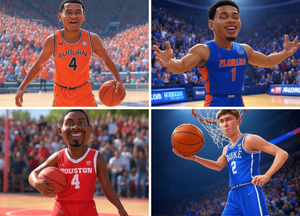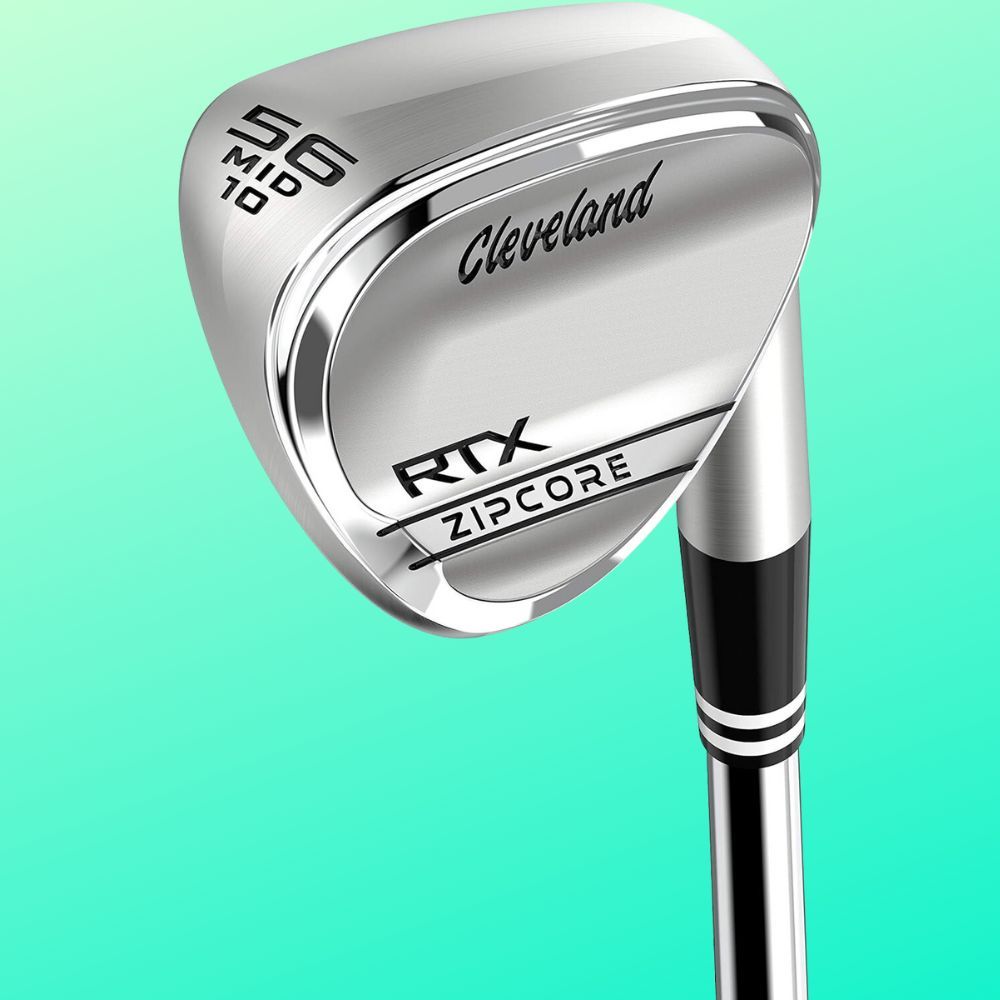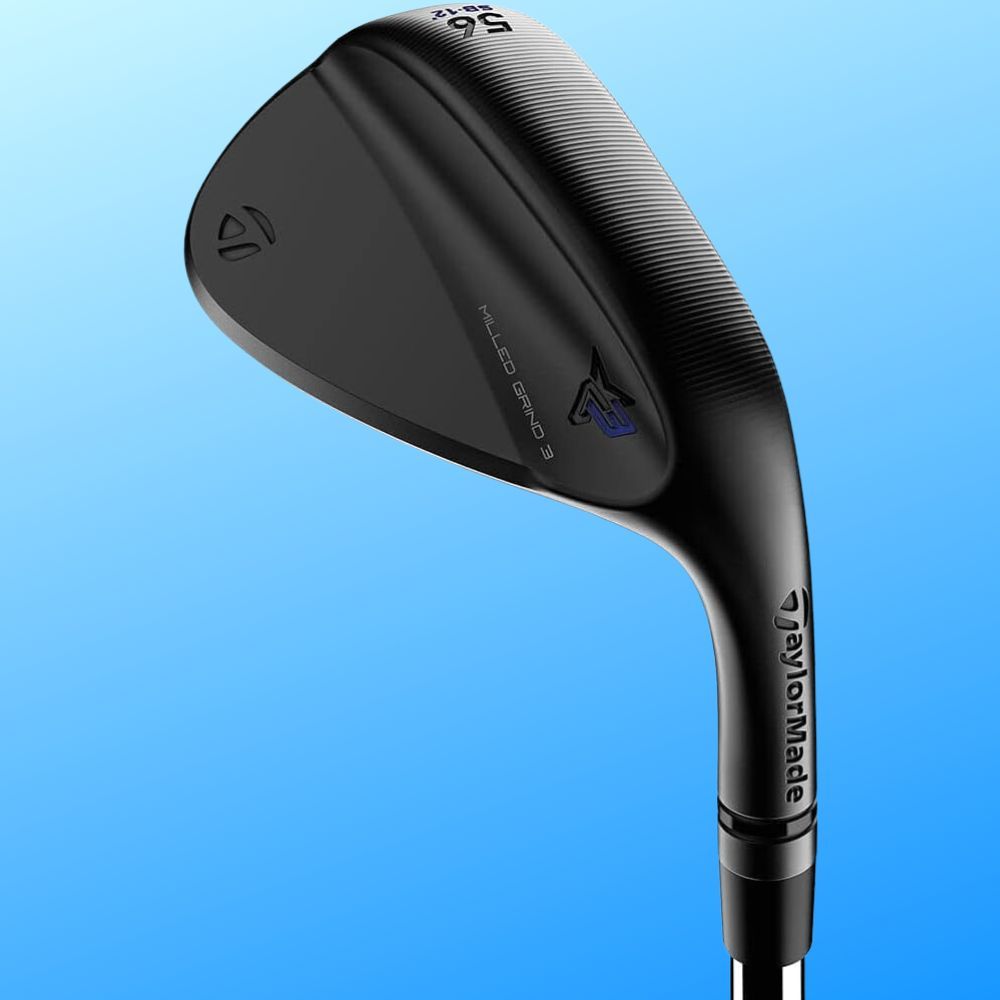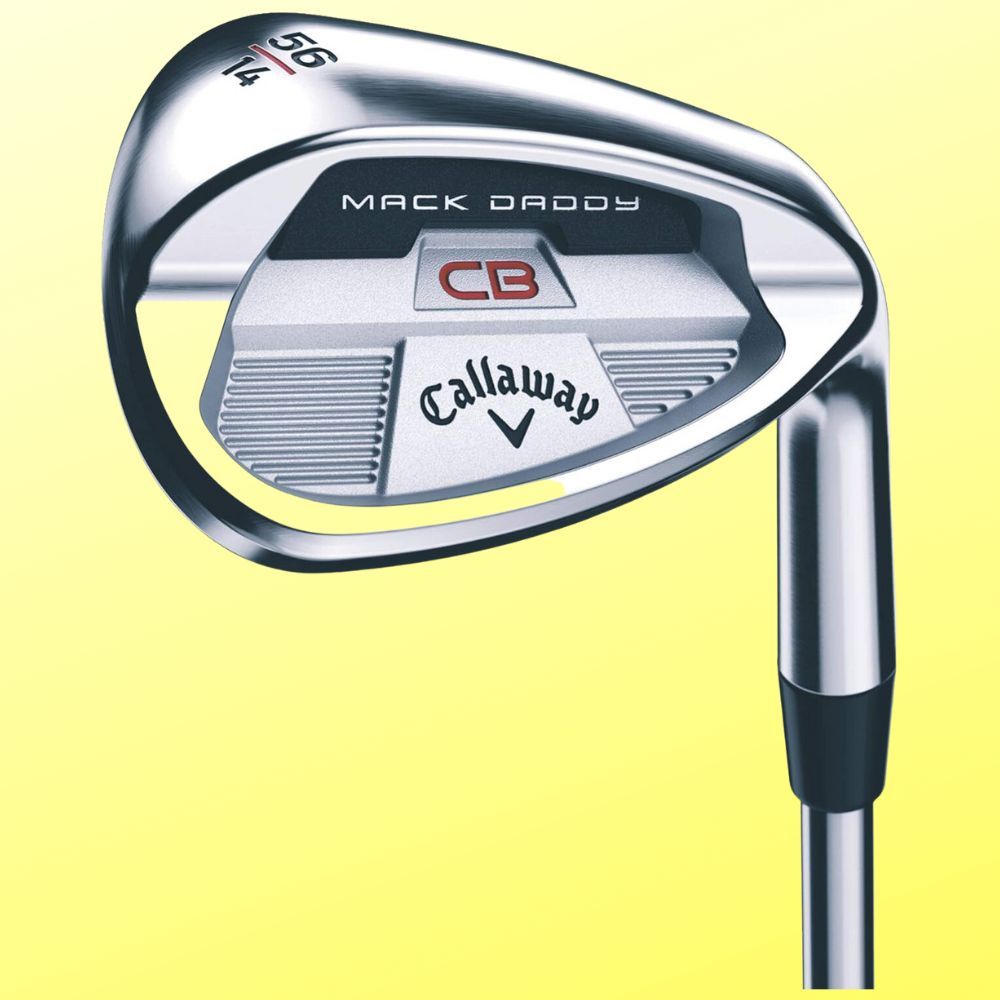Looking to up your golf game and make noticeable improvements on the course? One of the most effective ways to do this is by selecting the right wedges for your skill level. Not only can the correct wedges improve your short game, but they can also boost your confidence and overall enjoyment of the sport.
In this comprehensive guide, we’ll explore the essential and additional wedges for beginners, discuss forgiving wedge features, and provide a list of the top golf wedges for beginners. Get ready to master the art of the wedge and enhance your golfing experience by learning what wedges should a beginner carry!
Key Takeaways
- Beginners should focus on the pitching and sand wedges for a strong short game.
- Additional wedges such as gap and lob can be considered depending on skill level, distance hit with each wedge, features of clubhead design (e.g., cavity back), bounce angle, etc.
- Popular wedges for beginners in 2023 include Cleveland RTX Zipcore, TaylorMade Milled Grind 3 (MG3) & Callaway Mack Daddy CB Wedge. Assessing one’s skill level & yardages is key to choosing the right ones.
Essential Wedges for Beginners
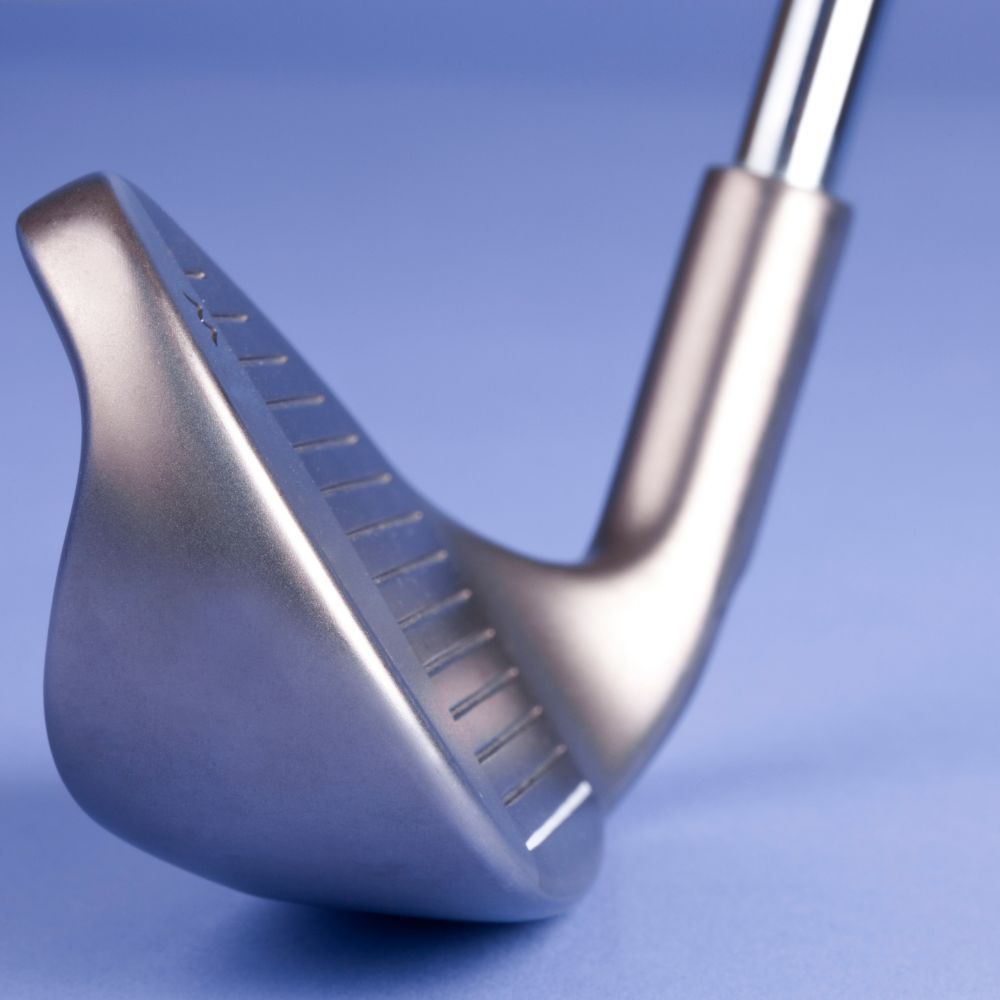
For a solid foundation in your short game, as a beginner, you should focus on two key golf wedges: the pitching wedge and the sand wedge. These clubs offer a great deal of versatility, allowing you to cover a broad range of distances and shots on the golf course. Furthermore, the use of forgiving golf wedges can boost confidence for beginners and help maintain regular contact when chipping and pitching.
Pitching Wedge
A pitching wedge is a highly versatile golf club with a loft angle of 46-48 degrees. Due to its adaptability and essentiality for beginners, pitching wedges are included in most beginner golf club sets. This club is appropriate for a variety of wedge shots, including:
- chip shots
- pitch shots
- bunker shots
- flop shots
In these short-game situations, the pitching wedge achieves greater distance than other wedges.
The pitching wedge, a type of golf wedge, is a staple in any golfer’s bag, as it offers the perfect balance between loft and distance, making it suitable for approach shots, controlled shots, and even flop shots from tight lies. Its design helps beginners achieve consistent contact on off-center strikes, improving their overall performance on the course.
Sand Wedge
The sand wedge, specifically designed for escaping sand bunkers and producing high shots with enhanced spin, is another vital club for beginners. With a loft angle of approximately 54°-58°, the sand wedge is a suitable choice for a beginner golfer.
As novice golfers develop their skills, they can consider adding lob wedges, pitching, and sand wedge to their bag for more specialized shots around the green.
Any golfer must master the sand wedge technique. Here are the steps to follow:
- Focus on a point two inches away from the ball’s location.
- Strike the club down at this spot.
- Make contact with the ball through the sand.
- Following through on your swing ensures the necessary spin to propel the ball out of the sand bunker.
Additional Wedges to Consider
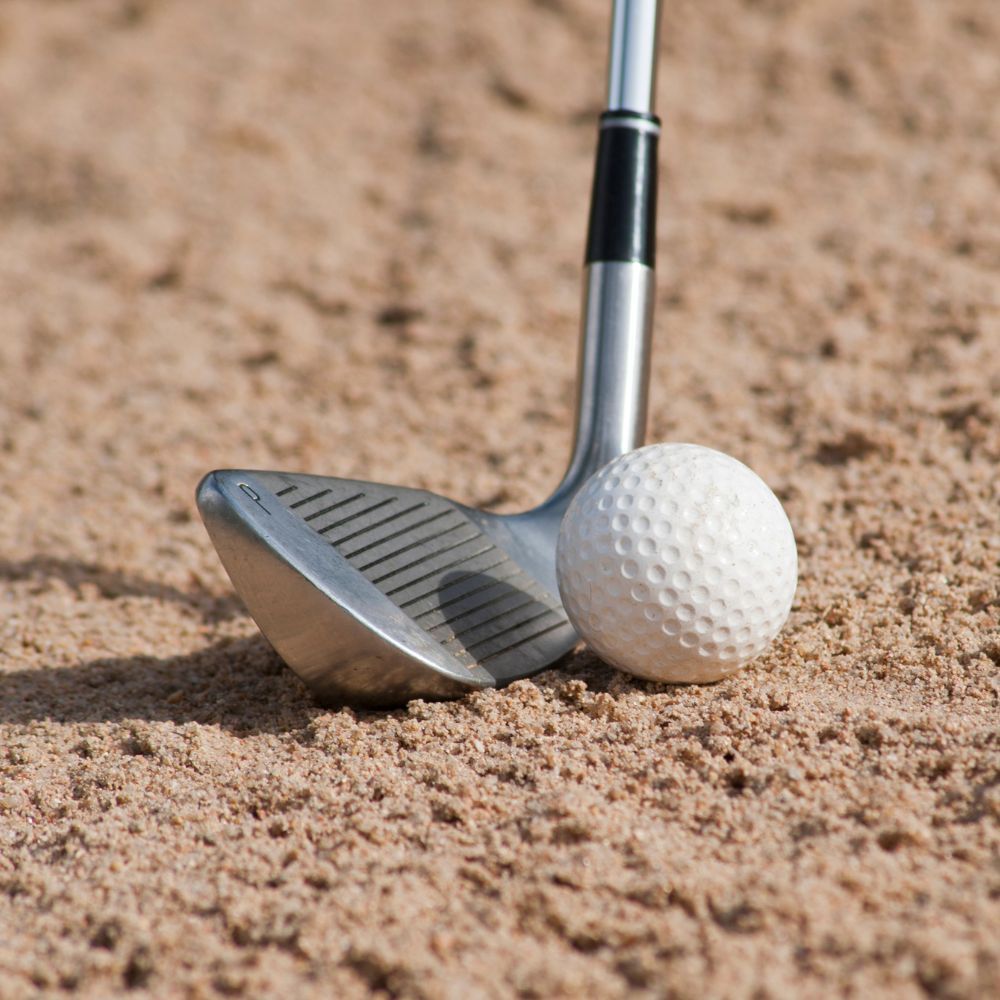
As you advance in your golfing skills, contemplate adding three wedges: gap and lob wedges to your bag. These additional wedges can further enhance your performance on the course, allowing you to tackle various situations with greater precision and control. But before deciding to add these clubs to your arsenal, assess your skill level and the yardages you typically hit with each wedge.
Gap Wedge
A gap wedge is a golf club that provides a transition between the pitching wedge and the sand wedge, with a loft of 48°-52°. It is used for shots requiring distance, loft, and bounce, typically hitting a range of 90-120 yards. Adding a gap wedge to your bag can bridge the distance gaps between your pitching and sand wedges, allowing for more precise approach shots and better overall performance on the course.
Assess the loft of your pitching wedge and the loft of your sand wedge to determine if you need a gap wedge. Depending on the differences between the lofts, you will know whether or not you should invest in one. Having a 44-degree pitching wedge and a 56-degree sand wedge is a great start. Adding a 50 or 52-degree gap wedge to your golf bag would be a beneficial addition.

Lob Wedge
A lob wedge is a golf club with the highest loft, typically ranging from 58 to 60 degrees. It is utilized for short shots around the green and can be opened up further to achieve a high, vertical trajectory. This club offers maximum control and spin, providing increased accuracy and precision when executing short shots near the green with wedge lob wedges.
Adding a lob wedge to your bag can significantly improve your short game. Here’s why:
- It is designed with a high loft, allowing for precise shots with rapid spin.
- It helps you navigate challenging lies or obstacles around the green.
- The ball lands softly on the green and stays close to the pin.
Forgiving Wedges for Beginners

When choosing wedges as a beginner, you might wonder how many wedges you need. Look for forgiving features that can enhance your game and boost your confidence on the course. Wedges with a high Moment of Inertia (MOI) are considered forgiving, as they aid in attaining improved outcomes on off-center shots.
Some key features to look for in beginner-friendly wedges include cavity back design and bounce angle.
Cavity Back Design
Cavity back design is a feature of golf irons wherein the clubhead has a hollowed-out cavity on the back. This design offers the following benefits:
- Disperses the weight around the perimeter of the club head
- Improved forgiveness on off-center hits
- Higher ball flight
- More consistent shots
- Improved overall performance
For beginners, a cavity-back design is especially beneficial as it helps to improve their game and build confidence.
Incorporating a cavity back design in your wedges offers several benefits:
- It makes your clubs more beginner-friendly
- It provides the necessary support to enhance your skills on the golf course
- It helps you achieve better results, even if your strike isn’t perfect
- It boosts your confidence and enjoyment of the game
Bounce Angle
The bounce angle is the angle between the leading edge and the lowest point of the sole, which has an effect on forgiveness and playability. Bounce angle dictates how the club interacts with the turf, affecting the trajectory and spin of the shot. Selecting the appropriate bounce angle for your wedges can help you achieve better results on the course.
When determining the appropriate bounce angle, consider your proficiency level and the yardage you usually hit with each wedge. A higher bounce angle will offer more forgiveness, particularly in bunker shots and full shots from thick rough. Optimize your performance and elevate your golf game by selecting wedges with a suitable bounce angle.
Top Golf Wedges for Beginners in 2023
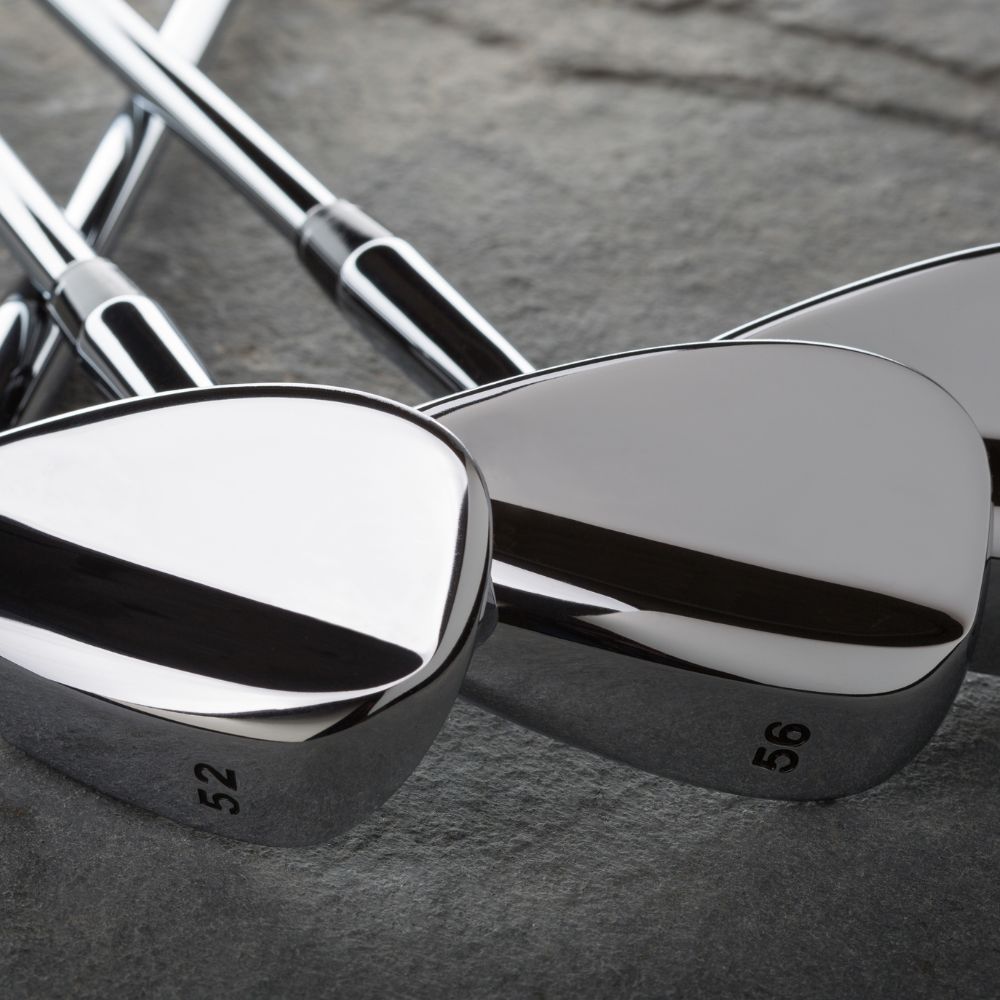
After exploring the essential and additional wedges for beginners, along with the forgiving features to consider, let’s examine the top golf wedges for beginners in 2023. These wedges have been carefully selected based on their performance, forgiveness, and suitability for beginner golfers. The top golf wedges for beginners include the Cleveland RTX Zipcore, TaylorMade Milled Grind 3 (MG3), and Callaway Mack Daddy CB Wedge.
Choosing one or more of these top-rated golf wedges ensures that you’re armed with the best tools to enhance your short game and overall performance on the golf course. Let’s take a closer look at the features and benefits of each of these outstanding wedges.
Why We Love It
The Cleveland RTX Zipcore is a forgiving wedge that provides remarkable feel, spin, and distance control, making it an ideal choice for novice golfers. Its design is renowned for its spin capability, which is uncommon among forgiving wedges. The wedge features a new technology that extends the life of the grooves and permits maximum spin.
With sufficient choices for finish and bounce/loft options, the Cleveland RTX Zipcore should be suitable for most novice setups. By incorporating this high-performance wedge into your bag, you can improve your chipping from the rough, escape bunkers with ease, and hit precise shots from confined lies.
Why We Love It
The TaylorMade Milled Grind 3 (MG3) is a high-performance wedge recommended for beginners looking to increase spin and control. This wedge features RAW Face Micro-Ribs for increased spin on the green and incorporates Raw Face Technology for optimized precision and geometry. The MG3 wedge is accessible in a variety of degrees and bounce options.
The TaylorMade MG3 wedge is most suitable for beginner golfers who possess a strong short game and consistent strike. By adding this high-performance wedge to your arsenal, you can enhance your spin and control on the course, leading to better overall performance and improved scores.
Why We Love It
The Callaway Mack Daddy CB Wedge is a cost-effective, forgiving cavity back wedge that provides excellent performance for those just starting out. It offers:
- A clean appearance
- Easy hitting from a diversity of lies
- A great sensation when putting
- Good reliability
The wedge features the same ‘face blasted’ grooves seen in the Callaway Jaws Raw wedge, providing a roughness on the faces to facilitate additional spin.
Available in two grind options – a modified W grind for increased forgiveness when playing from the rough and bunkers, and a Full grind for replacing pitching or gap wedges – the Callaway Mack Daddy CB Wedge offers versatility for high handicappers. This budget-friendly, forgiving wedge is an excellent option for beginners looking to improve their short game and overall performance on the golf course.
How to Choose the Right Wedges

Having explored the different types of wedges and the top-rated options for beginners, it’s important to understand how to choose the right wedges for your game. Selecting the best wedges involves assessing your skill level, measuring yardages, and understanding the features and benefits of each club.
By taking these factors into account, you can ensure that you’re equipping yourself with the most suitable clubs to improve your short game and overall performance on the golf course.
Assessing Your Skill Level
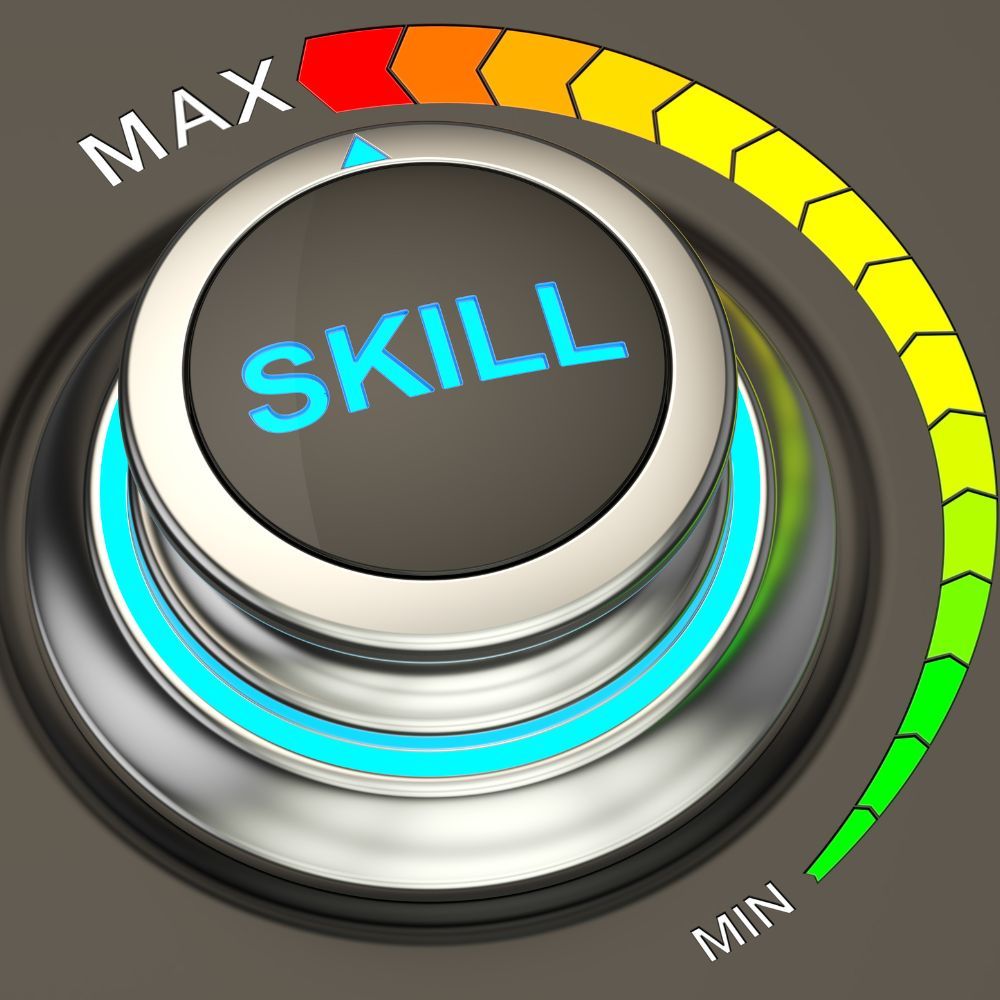
When selecting the right wedges to match your skill level, it’s crucial to understand your current abilities. Determine your current handicap and analyze your strengths and weaknesses on the course to help you decide which clubs will be most beneficial for your game. For example, if you struggle with bunker shots, a sand wedge with a high bounce angle might be the ideal choice to improve your game in those situations.
Moreover, consider your proficiency in different aspects of the game, such as driving distance, approach shot distance, and putting distance. This information will help you select the most suitable wedges for your skill level and ensure that you’re well-equipped to tackle various situations on the golf course.

Measuring Yardages
Measuring the distance gaps between clubs is essential to determine the appropriate number of wedges to carry in your bag. You can utilize tools such as:
- GPS devices
- Golf watches
- Apps
- Rangefinders
- Online map tools like Google Maps
These tools can help you accurately measure the distance to your target on the golf course.
By gauging the distance gaps between your clubs, you can ascertain the suitable number of wedges to carry, allowing you to select the correct club for the shot and strike the ball with the desired precision. This information will help you optimize your performance on the golf course and elevate your overall golf game.
SwagScale Summary
In summary, selecting the right wedges for your skill level is essential for improving your short game and overall performance on the golf course. As a beginner, focus on mastering the essential pitching and sand wedges, and consider adding gap and lob wedges as your skills progress. Look for forgiving features, such as cavity back design and bounce angle, to boost your confidence and enhance your enjoyment of the game.
By assessing your skill level, measuring yardages, and choosing the top-rated wedges for beginners, you’ll be well-equipped to tackle various situations on the golf course and elevate your golf game. So, grab your clubs and hit the greens with newfound confidence and precision, and watch your scores drop as your skills soar!
Your Golf Guru,
Ray


Frequently Asked Questions
Should I carry a 56 and 58-degree wedge?
Given the common advice, it appears that carrying both a 56 and 58-degree wedge might not be necessary since the loft difference is too small, creating tight wedge gaps.
Do I need a gap wedge as a beginner?
For beginner golfers, a gap wedge can be an excellent choice as it can help to hit shots between 90 and 110 yards.
What additional wedges should I consider as my skills progress?
As your golf skills advance, consider adding gap and lob wedges to your bag for more control on the course.
How do I measure yardage to determine the appropriate number of wedges to carry?
You can use GPS devices, golf watches, apps, rangefinders, or online map tools like Google Maps to accurately measure the distance to your target and determine the suitable number of wedges to carry.




